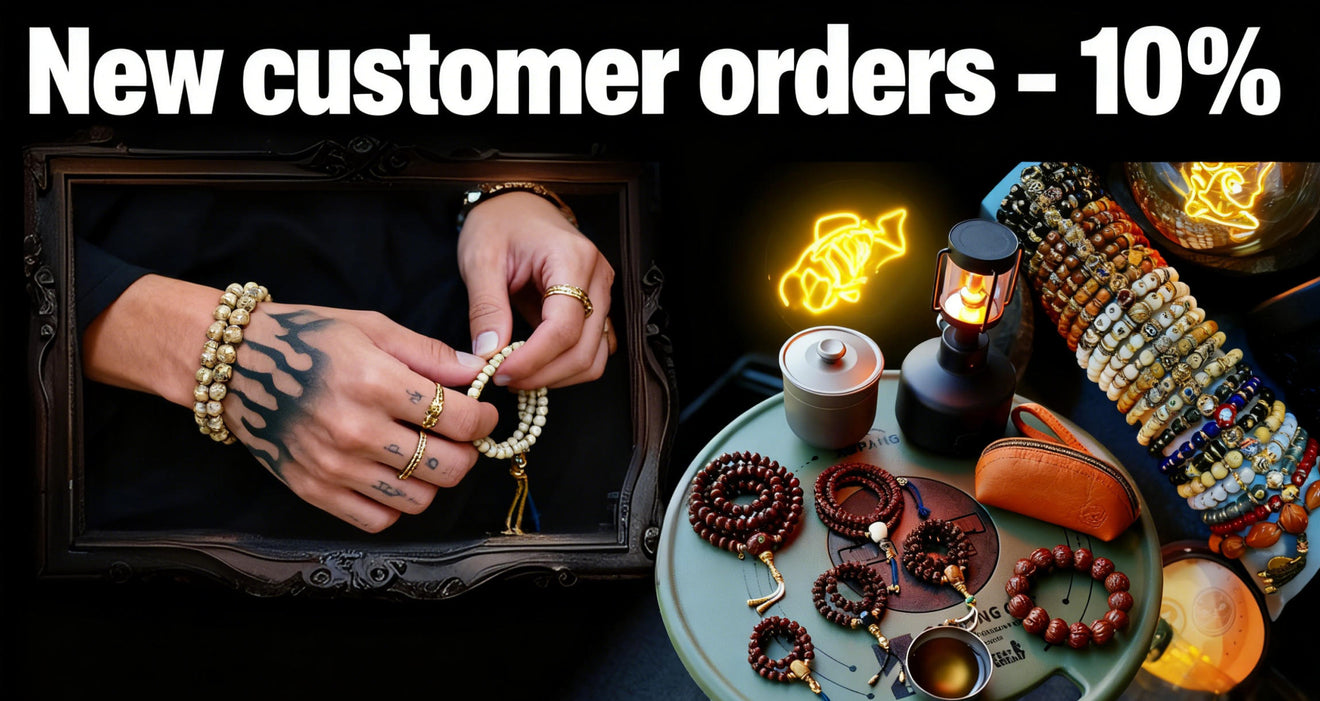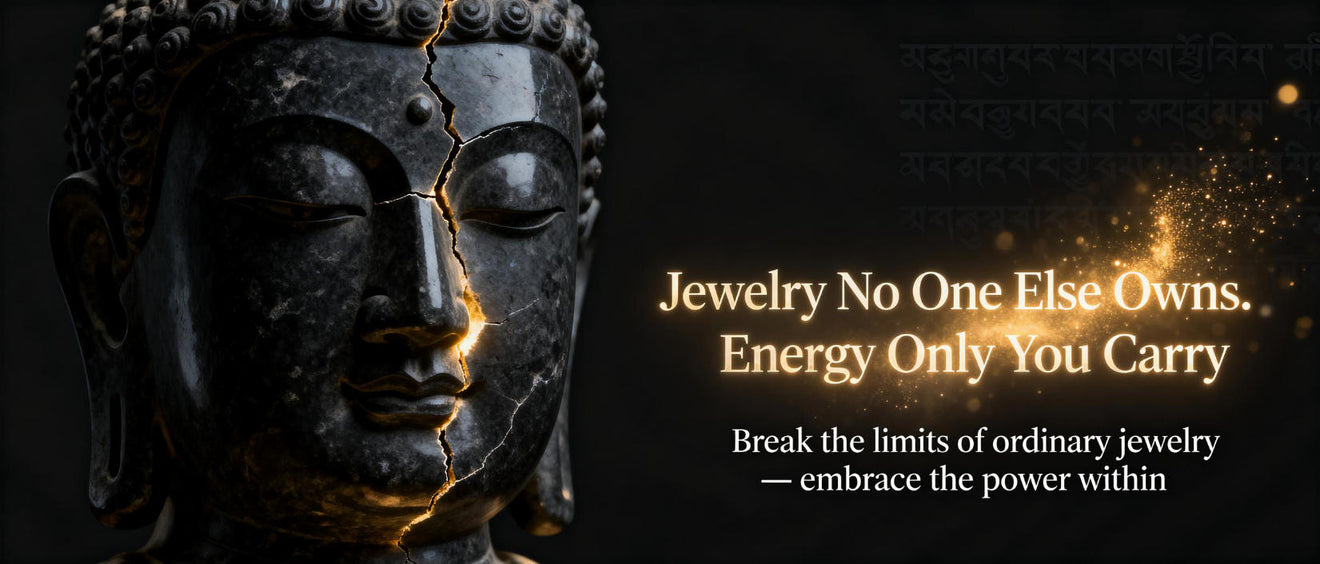
Amidst the complex pattern within Himalayan spiritualism exist a pair of significant objects: the detailed thangka and symbolic bodhi ornament. Individually, in particular fashion, offer access to elevated consciousness. The thangka, a hand-painted tableau, delineates sacred characters, spiritual mandalas, or traditional chronicles, assisting meditative practice.
Yet, the bodhi bead, often crafted from precious gemstones, timber, berries, or bone, is a tangible reminder of Buddha's enlightenment under the bodhi tree. Holding these beads during prayer or meditation helps to focus the mind.
- Individually, the thangka and the bodhi bead manifest the fusion of creativity and faith. They offer a tangible link to the eternal truths of Tibetan Buddhism.
Legends Echoed from Camel Remains
Throughout historic ages, timeless treasures whisper tales of a world long vanished. These are not precious objects of disregarded empires, but modest camel bones incised with motifs that retain the unknowns of a bygone cycle. All pieces keep the echo originating from a life lived, a journey followed, and a connection to the sacred wisdom of which envelops us all.
- These
- Bones
- Provide
Revealing the Hidden Language of Thangka Paintings
Tangkas are vibrant paintings on canvas, meticulously crafted by Tibetan artists to depict exalted figures and scenes from Buddhist texts. Each detail within a thangka is laden with importance, forming a complex tapestry of visual narratives that guide the viewer on a spiritual journey. The palettes used in thangkas are not merely aesthetic choices but carry profound connotations, standing for different aspects of the Buddhist beliefs. From the majestic figures to the intricate motifs, thangkas offer a look into the rich world of Tibetan Buddhism, inviting us to ruminate upon its teachings.
- Authentic thangka art often depicts key Buddhist figures such as Buddha Shakyamuni, Bodhisattvas like Avalokiteshvara and Manjushri, and enlightened beings from various branches of Tibetan Buddhism.
- Through these representations lies a wealth of knowledge that can be accessed by those who delve into the symbolic language of thangkas.
Path to the Buddha's Path to Enlightenment: Embodied in Beads and Bone
Upon the winding road to nirvana, the Buddha harnessed signs imbued with profound depth. Individual bead and object held within them the nature of his guidance, expressing glimpses into the weave of reality. Alongside their profile, the Buddha delivered profound knowledges that outshine the realm of prosaic perception.
From said spiritual beads, crafted from precious materials, emanated vibrations that resonated with the intense flows within. The fragment of a creature, meticulously transformed into insignia, served as tangible signals of the impermanence intrinsic to all existence.
Thangkas: Windows into Himalayan Spirituality
Thangkas luminous paintings on cloth serve as strong representations of Himalayan spirituality. These intricate works of art, meticulously created with delicate brushstrokes, depict a vast array displaying Buddhist deities, mandalas, and scenes from venerable scriptures. Each thangka is a profound portal for meditation and contemplation, offering insight into the profound teachings of Buddhism.
- They are often used in ritual ceremonies to facilitate
- expressing states of spiritual realization.
- Thangkas appear as not merely decorative works but rather views into the rich and captivating world of Himalayan spiritual traditions.
Bodhi Beads: Embracing Mindfulness and Cultivating Compassion
Each orb on a bodhi bead mala whispers tales of ancient wisdom, guiding us on a venture through the tranquil waters of mindfulness. As we hold these intricately created beads, our fingers trace the contours of unique one, anchoring our attention in the present moment. The gentle heft of the beads against our palms serves as a tangible reminder to take in air, fostering a sense of composure.
- As each bead that passes between our fingers, we develop compassion, extending it first to ourselves and then outward to the world.
- Buddhism teaches us that mindfulness is a art form that requires patience and perseverance.
Utilizing the rhythmic repetition of mantra or simply the mindful noting of the beads, we disengage from the relentless chatter of the mind.
The practice involving bodhi beads is a graceful invitation to reestablish our connection with ourselves and the world around us.
The Power of Intention: Crafting a Camel Bone Bracelet for Spiritual Growth
Focus represents a compelling drive in our lives, shaping our experiences and guiding us towards our intended direction. When we combine this intention with the traditional practices of crafting a camel bone bracelet, we create a potent synergy that can amplify our spiritual growth.The camel bone itself is symbolically rich, representing toughness. Its natural beauty and perennial fascination serve as a constant reminder of the core vitality within each of us.We thoughtfully choose each fragment, imbue the piece with purpose. With every knot or interlock, we interlace our hopes, dreams, and aspirations for spiritual evolution. This act of creation becomes a powerful affirmation, bonding us with our inner wisdom and guiding us on a expedition of realization.- Imbue each color element with specific spiritual meanings.
- Channel your willpower throughout the weaving process.
- Charge the completed bracelet under the moonlight or sunlight to amplify its energetic properties.
The Enduring Impact of Camel Bone in Buddhism
In the rich tapestry within Buddhist tradition, artifacts often hold profound symbolic meaning. Amongst these varied objects, camel bone stands out as a noteworthy and fascinating element. Across history, this material has been adopted in the crafting during various Buddhist implements, each imbued with specific meanings.
- Recognized as a symbol of resilience and strength due to the camel's ability to bear in harsh environments, camel bone often expresses spiritual fortitude.
- Furthermore, the color and texture for camel bone are believed via some to hold auspicious connotations, indicating purity and serenity.
As a result, camel bone has become a esteemed part of Buddhist lineage, serving as a tangible nexus to the profound teachings transmitted through this ancient faith.
Thangka Panels: Visual Sacred Lore
Within the ethereal realm of Tibetan Buddhism, Thangka paintings emerge as sacred portals to enlightenment. These stunning works, meticulously crafted by skilled artists known as thangkapa, depict a myriad featuring vibrant deities, celestial beings, and mythical creatures. Each brushstroke infuses profound spiritual significance, narrating ancient tales and philosophical theories.
- Presenting a vast library of Buddhist iconography, Thangkas serve as both devotional objects and instructional tools. Devout practitioners gaze upon these paintings during rituals and meditations, seeking to attain spiritual wisdom.
- Richly detailed with intricate details incorporating a spectrum of vibrant hues, Thangkas are considered windows into the divine. Every one painting acts as a symbolic representation of the Buddha's teachings and the path to liberation.
With the aid of their effective imagery and symbolism, Thangka paintings offer a glimpse into the rich mystical traditions of Tibet. They are a testament to the enduring excellence of Tibetan art and its profound ability to awakening.
Embracing the Duality: Thangkas and the Cycle of Life and Death
Thangkas, these colorful embroidered scrolls native to Tibet, provide an insightful exploration into the fleeting nature of life. Each intricate portrait depicts deities and beings engaged in the unceasing cycle of life and death, a collection of birth, growth, impermanence, and regeneration. The artists skillfully weave these concepts within the thangka's sphere, highlighting the cohesion of all things. Through vivid imagery, they invite us to speculate on our own being. The cycle revolves, a tempo of coming and going, spotlighting the preciousness of each moment. By embracing this duality, thangkas teach us to appreciate the beauty in both life's joys and sorrows.Loops of Belief: The Significance of Bracelets in Buddhist Practice
In the intricate tapestry of Buddhist practice, seemingly humble objects often hold profound meaning. Among these are bracelets, which serve as tangible badges of devotion and commitment to the path of Buddha. Worn on the wrist, a bracelet functions as a constant reminder of one's Energy Bracelet aspirations and desires. It can indicate the impermanence of life, encouraging practitioners to remain balanced in the present moment. Some bracelets may harbor sacred drawings, such as mantras or the names of Buddhas, which are perceived to bring forth positive energy and protection. Others can be made from substances with spiritual significance, like sandalwood or lotus seeds, increasing the bracelet's meaning. Ultimately, the significance of a Buddhist bracelet extends far beyond its physical form. It becomes a powerful tool for reflection, a trigger to live in harmony with the teachings of Buddha, and a origin of one's unwavering confidence.